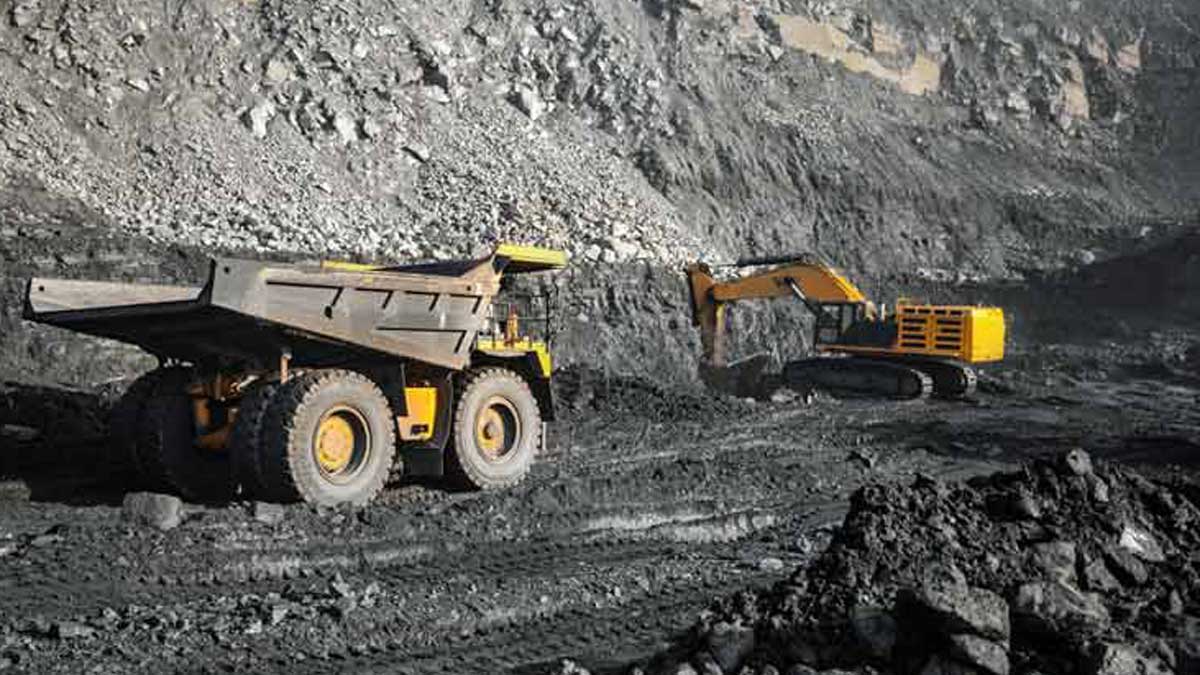A recent Supreme Court verdict allowing states to tax mineral rights, and that too retrospectively, could dig a big financial hole in the pockets of mining and metals companies.
The top court had, on July 25, ruled that states had the authority to impose a cess on mining and related activities. Earlier this week, a nine-judge constitutional bench of the Supreme Court ruled that the judgement could be applied retrospectively.
Considering that the states have been allowed to levy the tax from April 1, 2005, the verdict could have huge implications for mining and metals companies.
The court has set some conditions in its judgement. For instance, there can't be any interest or penalty imposed for the tax due from April 1, 2005, till the date of judgement. Also, the payments can be made in installments over a 12 year period, starting April 1, 2026. Furthermore, the cut-off date is April 1, 2005, that is no tax can be levied for the period prior to that.
Some reports indicate the arrears could be as much as Rs 1.5 lakh crore to Rs 2 lakh crore. The verdict could impact not just mining companies, but also metal firms hard. At the same time, for mineral states like Odisha and Jharkhand, this Supreme Court ruling could lead to huge revenue gains.
"The Supreme Court's recent ruling allowing states to recover past tax dues from April 2005, without any interest, is negative for the entire metals sector. This ruling could also impact cement companies and may contribute to rising inflation, which in turn could delay potential rate cuts," said Vikram Kasat, head - advisory at Prabhudas Lilladher.
Tata Steel is likely to be among the hardest hit. The company noted in its latest quarterly report a contingent liability of Rs 17,347 crore till June 30, 2024, against claims by Odisha, if applied retrospectively.
Kasat says state-owned SAIL (Steel Authority of India Ltd) and NMDC (formerly National Mineral Development Corp) could also be among the most impacted with potential dues estimated at Rs 4,600 crore and Rs 6,200 crore respectively.
For Coal India, the liability could be around Rs 3,600 crore, according to TV reports. The company had said on Wednesday it would assess the probable financial impact of the Supreme Court judgement.
Why April 1, 2005 was chosen as the cut-off date.
In 1989, in the India Cements case, the court had ruled that the centre had held primary regulatory authority under the Mines and Minerals Act and states couldn't impose additional taxes or cess on mining and mineral development.
However, later in 2004, ruling in the matter between the West Bengal government and Kesoram Industries, the court affirmed the authority of the states to impose levies on minerals and mineral-bearing land.
Considering that 2004 judgement, the Supreme Court has now chosen the cut-off date of April 1, 2005.
Industry body FIMI (Federation of Indian Mineral Industries) has raised concerns over the verdict, stating it will severely impact the industry. Mines in states of Jharkhand and Odisha could be among the most hit.
In 2021, the centre had moved a bill to scrap the retrospective tax law of 2012, under which large tax demands had been raised on foreign investors like Cairn Energy.
Will the centre step in with any legislative measures to address the mining and metal industry's concerns in this case will have to be watched out for.
Also, companies could individual demands raised by states in courts.
Metals, mining companies stare at a huge financial hole after SC allows states to collect tax retrospectively
The court has set some conditions in its judgement
 (File) Representational image
(File) Representational image
TAGS
Join our WhatsApp Channel to get the latest news, exclusives and videos on WhatsApp
read more
-

VIDEO | Saudi doctor arrested in Christmas market car 'attack' in Germany; 2 killed
-

Karnataka: BJP leader C.T. Ravi alleges Congress conspiracy to harm him with help of police
-

Did Priyanka Chopra almost quit Bollywood because of a botched nose job?
-

The Allah Ghazanfar hype is real! Mumbai Indians' Afghanistan bowler enters cricket record books by...
-

Feeling bored? Now chat with ChatGPT using landline phones, message on WhatsApp
Editor's Pick
*Articles appearing as INFOCUS/THE WEEK FOCUS are marketing initiatives

